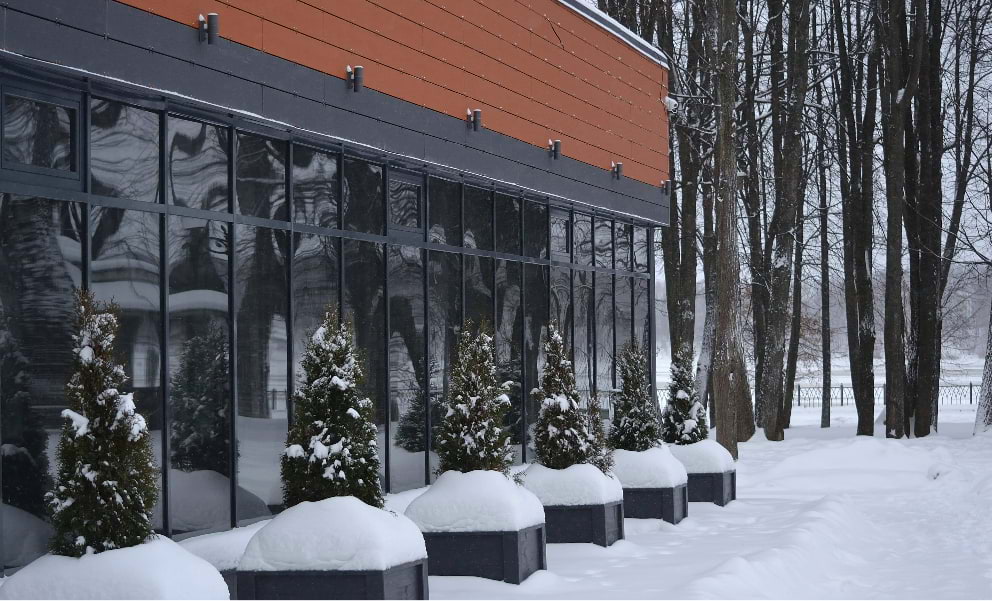
Managing Indoor Environmental Quality Throughout the Seasons
Building Controls
Building controls can monitor outdoor conditions and maintain indoor temperature and humidity as outdoor conditions fluctuate. They’re particularly useful in the summer and winter months when temperatures change, and extra demands are placed on HVAC systems. The thermal stability that building controls create has the dual advantage of keeping occupants comfortable while simultaneously avoiding the extra costs associated with either undercooling or overcooling.
LED Lighting Systems
LED lighting systems demonstrate their clear advantages over traditional lighting systems as days get longer and shorter. When integrated with building controls they can help ensure lights are on, off, or dimmed at the time and in the place where light is needed. LEDs are especially useful in the winter months when lighting is in high demand. Systems can automatically adjust to be both more efficient and more effective.
Air Filtration
Air filtration can help to reduce indoor contaminants. Effective filtration can reduce certain airborne contaminants, such as molds, fungi, allergens, and particulate matter.
Air-to-Air Energy Recovery
Air-to-air energy recovery is a great way to enhance IEQ while keeping overall energy consumption and costs low. In a nutshell, air-to-air energy recovery is a process by which heat and moisture are transferred between air streams, such as the outgoing exhaust air and incoming ventilation air. During the heating season, heat and moisture are transferred from the exhaust air to the ventilation air. In the summertime the process is reversed and cooler, drier exhaust air is used as a heat sink to absorb heat and moisture from incoming ventilation air. This helps to save heat and cooling energy and the resulting costs.
Regular Maintenance
Regular maintenance, particularly of light fixtures and HVAC equipment, keeps systems running smoothly and prevents outages and failures. When your system is functioning properly, it is more reliable and efficient, offering the most effective IEQ experience throughout all seasons. For maximum effectiveness, keep a robust maintenance routine throughout the life of the system!

About the Author
Eric Sturm, Applications Engineer
Eric joined Trane in 2006 after graduating from the University of Wisconsin – Platteville with a Bachelor of Science degree in mechanical engineering. Prior to joining the applications engineering team, he worked in the Customer Direct Services (C.D.S.) department as a marketing engineer and product manager for the TRACE™ 700 load design and energy simulation application. As a C.D.S. marketing engineer he supported and trained customers globally.
In his current role as an applications engineer, Eric’s areas of expertise include acoustics, airside systems, indoor agriculture, and indoor air quality. He is currently involved with ASHRAE® as a representative on Members Council and member of the indoor agriculture and sound and vibration technical committees. Eric is the recipient of the ASHRAE Distinguished Service Award and Young Engineers in ASHRAE Award of Individual Excellence.












































































